Dealing with a mood disorder (or any mental health condition) can be very trying, difficult, and even lead to feelings of hopelessness at times. Living with an addiction to any substance can bring unwelcome havoc that can rip lives apart.
What happens when you put them both together?
Many may not understand the intricate connection between mood disorders and substance use. It is not uncommon for someone who has a mental health disorder to turn to drugs and alcohol as a means of soothing the condition. But then we have those substances that induce mood disorders when used regularly by an individual with no history of them.
Today we are going to work on understanding substance-induced mood disorders.
Mood Disorders
Mood disorders are conditions in which your mood makes it difficult to function normally. Simply put, a mood disorder is your emotional state of mind. And let’s be real our emotions very easily impact how we act and behave. When we are sad, disappointed, worried or anxious, and so forth – the way we behave is impacted by this mood.
Yes, we all have emotions. We have all certain moods that we get in that affect our behavior. So, when do these moods become mood disorders?
Mood disorders last longer than a few minutes. If you are sad and your friends visit with movies and ice cream, laugh with you, and leave you feeling much better – it’s not a mood disorder. You are just feeling emotions that are appropriate for the situation.
Moods and emotions that come with a mood disorder last much longer than they should. You cannot shake the mood with an afternoon of laughter – and these moods begin to impact your life in all areas. Their grip is so tight that you lose your ability to function regularly.
A few of the most common mood disorders are:
- Major Depressive Disorders
- Bipolar Disorders
- Depression Induced by a Substance Use or Medication
Substance-Induced Mood Disorders
The type of mood disorder that gets induced when a substance is used does not go away quickly. They have been known to last for weeks or months. Maybe even longer!
You may question why anyone will want to continue to use a drug if it leads to these terrible feelings. That is because it does not happen initially. Those who use drugs and alcohol feel good after that initial use. After all, that is what gets them coming back for more, right? They continue to use, and, with time, the good feelings wear off and a mood disorder starts moving in. Without even realizing what is happening, you can be faced with a struggle that you do not know how to get out of.
How is it determined that the mood disorder is substance-induced?
If you had symptoms of or had been diagnosed with a mood disorder before drug or alcohol use, then you would not meet the diagnosis criteria for substance-induced mood disorders. Though if you have no history of a mood disorder, but it appeared when you began using substances, then it would likely be considered a substance-induced mood disorder.
How Long Does it Take?
As previously mentioned, symptoms of substance-induced mood disorders do not appear after the initial use. In other words, you do not go out drinking and partying one night and wake up the next day with a mood disorder you cannot shake. Though, that doesn’t mean that seed hasn’t been planted in your body.
Some professionals in the field claim that a depressive episode can kick in during the initial intoxication. For others, it can happen during the withdrawal. Keep in mind that depression itself is a symptom of withdrawal – and it should disappear once the withdraw is over.
If it doesn’t? You could be facing substance-induced depression.
Substances that Impact Mood Disorders
Different drugs can lead to various mood disorders – but the number one substance that leads to mood disorders (primarily depression) is alcohol.
Other substances that may lead to substance-induced depressive disorder include the following:
- Opioids
- Sedatives
- Cannabis
- Cocaine
- Amphetamines
- Hallucinogens
- Tobacco
- Nicotine
- Caffeine
- Inhalants
Symptoms
Everyone who battles a substance-induced mood disorder will have their own symptoms. However, the following symptoms are most common:
- Lack of energy
- Sadness or lack of interest
- Insomnia
- Sleep too much
- Thoughts of death or suicide
- Foggy mind/Inability to concentrate
- Feelings of worthlessness or guilt
- Physical pains
Complications of Mood Disorders
If you have a mood disorder that is substance-induced, then you are subject to some risks that may require attention from professionals. These include:
- Thoughts/acts of harming one’s self
- Thoughts/acts of harming others
- Interpersonal issues
- Difficulty at work – and time away
- Lengthy hospital stays
Additional Common Substance-Induced Disorders
It Is important to note that substances can induce mood disorders as well as other types of disorders. Here are a few disorders to pay attention to:
- Substance-induced anxiety disorder
- Substance-induced psychotic disorder
- Substance-induced sleep disorder
- Substance-induced delirium
And many more. These disorders appear to have a direct correlation to substance use.
When to Seek Help
Mood disorders can greatly impact your quality of life and interfere with those people and things important to you. Seek help from a professional if you experience any of the following:
- Believe you may have an addiction to drugs or alcohol.
- Feel as though you have strong emotions that you cannot handle – emotions that are impacting your interpersonal relationships, work, social aspects of life, and your overall quality of life.
- Have thoughts of harming yourself or others. (In this case, seek help immediately)
Taking that first step is what will lead you on a journey to the rest of your life.
Substance-induced mood disorders may appear unexpectedly and during different times of substance use. Yet, they may last for a long time. Don’t feel like you are doomed to suffer with them or feel as though you can’t break the cycle of your substance use.
Explore the benefits of joining a holistic healing program and begin your journey to addiction recovery and healing.

